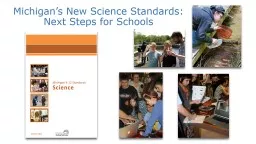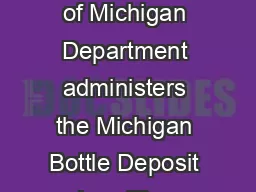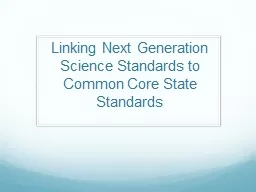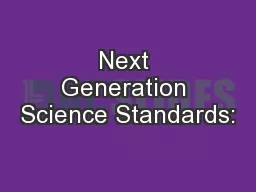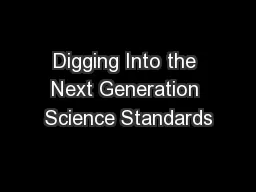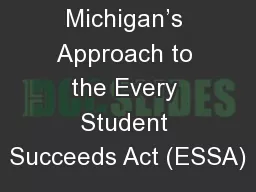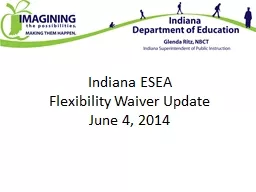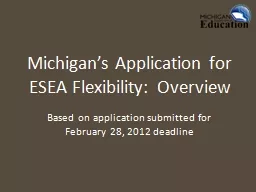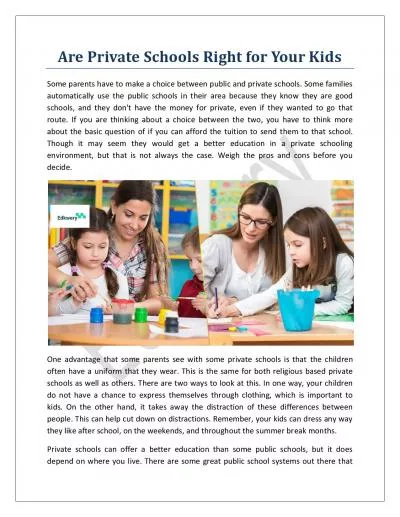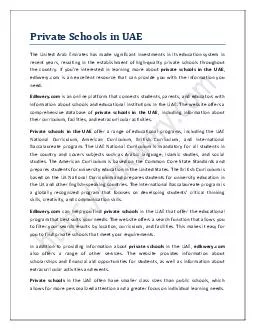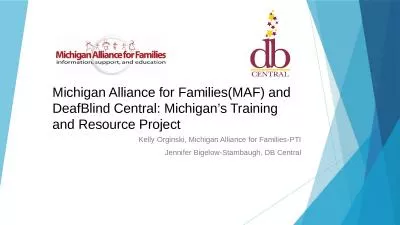PPT-Michigan’s New Science Standards: Next Steps for Schools
Author : luanne-stotts | Published Date : 2017-05-18
An Overview of the Michigan K12 Science Standards Based upon research on science education as well as feedback from higher education industry and research professionals
Presentation Embed Code
Download Presentation
Download Presentation The PPT/PDF document "Michigan’s New Science Standards: Next..." is the property of its rightful owner. Permission is granted to download and print the materials on this website for personal, non-commercial use only, and to display it on your personal computer provided you do not modify the materials and that you retain all copyright notices contained in the materials. By downloading content from our website, you accept the terms of this agreement.
Michigan’s New Science Standards: Next Steps for Schools: Transcript
Download Rules Of Document
"Michigan’s New Science Standards: Next Steps for Schools"The content belongs to its owner. You may download and print it for personal use, without modification, and keep all copyright notices. By downloading, you agree to these terms.
Related Documents

